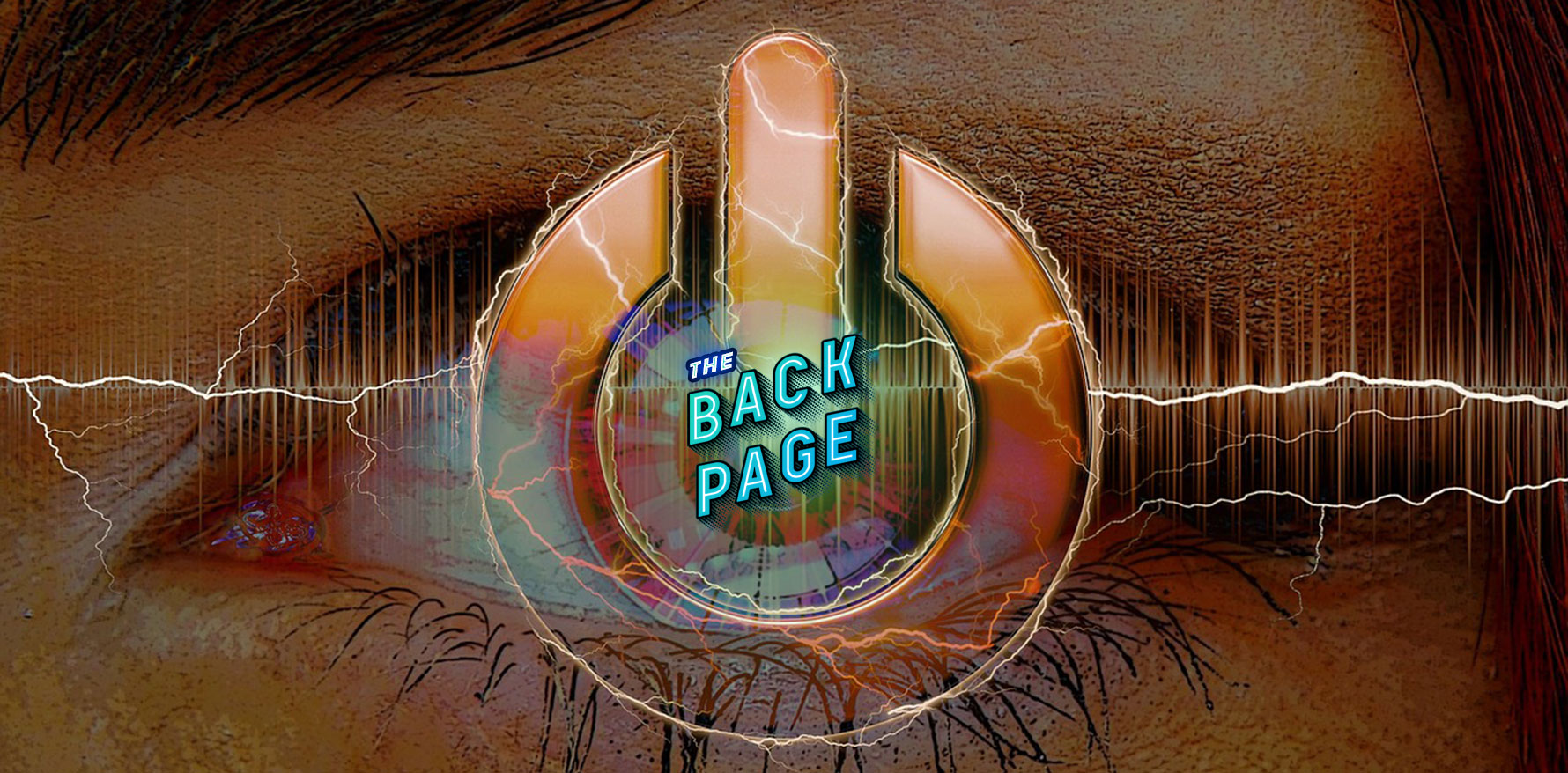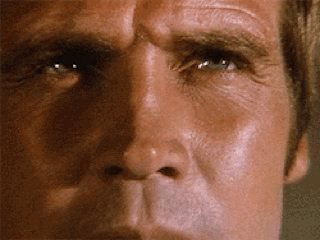The bionic eye is has transcended 60s TV to become a reality.
For many, smartphones are a blessing and a curse.
But for folks who have impaired vision, the helpfulness factor substantially outweighs the downside of having to field calls from pestilent scammers and the hawkers of solar panels and energy plans.
And now, the brains of the mobile device have been turned to even greater advantage for the visually impaired.
A team of researchers at Monash University in Melbourne say they have combined the smarts of the mobile phone with “brain-implanted micro electrodes” to create a bionic eye with the bold promise of “restoring vision to the blind”.
According to a report in TechCrunch, the system “bypasses damaged optic nerves to allow signals to be transmitted from the retina to the vision centre of the brain”.
Called the “Gennaris bionic vision system”, the user dons a headset incorporating a camera and a wireless transmitter, while a processor unit crunches the data and a set of tiles implanted inside the brain deliver the signals.
“Our design creates a visual pattern from combinations of up to 172 spots of light (phosphenes) which provides information for the individual to navigate indoor and outdoor environments, and recognise the presence of people and objects around them,” Arthur Lowery, professor at Monash University’s Department of Electrical and Computer Systems Engineering, said in a statement.
The Monash boffins are now hoping to raise funds to help kick off human trials for the device, which they say could also be adapted to help those with neurological conditions, such as limb paralysis, to regain movement.
The brain implant array was tested in the brains of three sheep earlier this year with no apparent adverse effects.
The “bionic eye” idea is nothing new, however. Television’s Six Million Dollar Man, Steve Austin, sported a snazzy, if fictional, version way back in the 1970s.
But the reality of such a technical breakthrough seems to be fast approaching.
Over in the US, Elon Musk’s brain computer interface company, Neuralink, says it is testing a coin-sized interface in live pigs with a similar goal of treating brain issues including blindness and paralysis.
And at Baylor College of Medicine in Houston another brain implanted “visual prosthetic” device has been tested which allows both blind and sighted participants to “see” the shape of letters.
Clearly a case of: Watch this space.
If you see something out there, say something out there … send electrode arrays to felicity@medicalrepublic.com.au.



